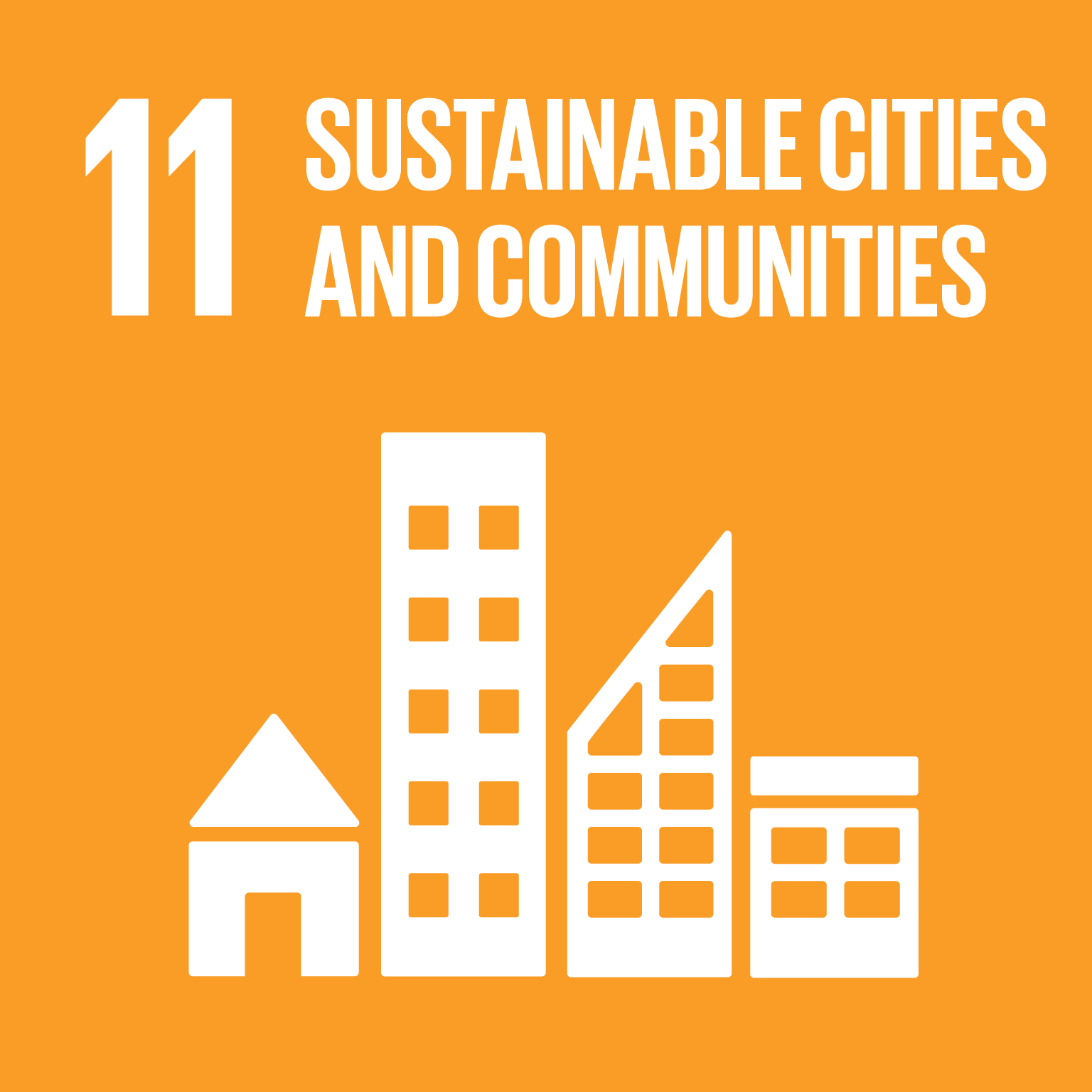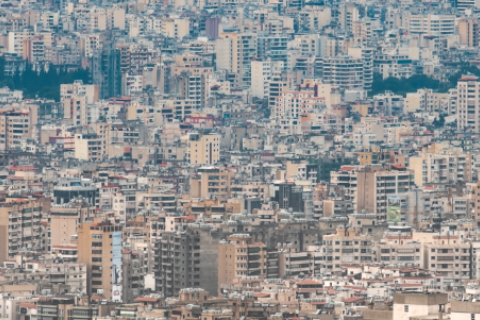
The SDG Land Tracker provides easy access to official data and information on all land-specific SDG indicators. It concisely explains the indicators, why they are important, and tracks progress.
Context
UN member States endorsed the 2030 Agenda for Sustainable Development and committed to implement the Sustainable Development Goals (SDGs) - a set of 17 Global Goals, in a 15-year period.
The SDGs contain land-related targets and indicators under SDGs 1, 2, 5, 11 and 15. Many national, regional and global organizations and stakeholders working in the land sector are committed to implementing the SDGs and monitoring the land-related indicators to promote responsible land governance and secure tenure rights for all. Land is a key economic resource inextricably linked to access to, use of and control over other economic and productive resources thus, critical to achieving the SDGs.
The official data and metadata are available at the SDG Indicators Database maintained by the UN Department of Economic and Social Affairs.
Learn more about the SDG Land Tracker.
Discover the five targets and 13 indicators related to land:
 Goal 1: No poverty
Goal 1: No poverty
Target 1.4
By 2030, ensure that all men and women, in particular the poor and the vulnerable, have equal rights to economic resources, as well as access to basic services, ownership and control over land and other forms of property, inheritance, natural resources, appropriate new technology and financial services, including microfinance
Indicator 1.4.2
Proportion of total adult population with secure tenure rights to land, with legally recognized documentation and who perceive their rights to land as secure, by sex and by type of tenure
 Goal 2: Zero hunger
Goal 2: Zero hunger
Target 2.3
By 2030, double the agricultural productivity and incomes of small-scale food producers, in particular women, indigenous peoples, family farmers, pastoralists and fishers, including through secure and equal access to land, other productive resources and inputs, knowledge, financial services, markets and opportunities for value addition and non-farm employment
Indicator 2.3.1
Volume of production per labour unit by classes of farming/pastoral/forestry enterprise size
Target 2.4
By 2030, ensure sustainable food production systems and implement resilient agricultural practices that increase productivity and production, that help maintain ecosystems, that strengthen capacity for adaptation to climate change, extreme weather, drought, flooding and other disasters and that progressively improve land and soil quality
Indicator 2.4.1
Proportion of agricultural area under productive and sustainable agriculture
 Goal 5: Gender equality
Goal 5: Gender equality
Target 5.a
Undertake reforms to give women equal rights to economic resources, as well as access to ownership and control over land and other forms of property, financial services, inheritance and natural resources, in accordance with national laws
Indicator 5.a.1
(a) Proportion of total agricultural population with ownership or secure rights over agricultural land, by sex; (b) share of women among owners or rights-bearers of agricultural land, by type of tenure
Indicator 5.a.2
Proportion of countries where the legal framework (including customary law) guarantees women’s equal rights to land ownership and/or control
 Goal 11: Sustainable cities and communities
Goal 11: Sustainable cities and communities
Target 11.1
By 2030, ensure access for all to adequate, safe and affordable housing and basic services and upgrade slums
Indicator 11.1.1
Proportion of urban population living in slums, informal settlements or inadequate housing
Target 11.3
By 2030, enhance inclusive and sustainable urbanization and capacity for participatory, integrated and sustainable human settlement planning and management in all countries
Target 11.7
By 2030, provide universal access to safe, inclusive and accessible, green and public spaces, in particular for women and children, older persons and persons with disabilities
Indicator 11.7.1
Average share of the built-up area of cities that is open space for public use for all, by sex, age and persons with disabilities
 Goal 15: Life on land
Goal 15: Life on land
Target 15.1
By 2020, ensure the conservation, restoration and sustainable use of terrestrial and inland freshwater ecosystems and their services, in particular forests, wetlands, mountains and drylands, in line with obligations under international agreements
Indicator 15.1.2
Proportion of important sites for terrestrial and freshwater biodiversity that are covered by protected areas, by ecosystem type
Target 15.2
By 2020, promote the implementation of sustainable management of all types of forests, halt deforestation, restore degraded forests and substantially increase afforestation and reforestation globally
Target 15.3
By 2030, combat desertification, restore degraded land and soil, including land affected by desertification, drought and floods, and strive to achieve a land degradation-neutral world
Land-related SDG timeline
Track important decisions for each indicator, from conception through to upcoming decision meetings. Zoom in and out and swipe left and right to see details.
News and Blogs
Challenges and Opportunities in Monitoring Land Data for the Sustainable Development Goals
Land is a finite resource, and access to it is essential for the livelihoods of individuals and communities. To ensure that access to land is secure and equitable for all, the United Nations has set the Sustainable Development Goal (SDG) 1.4.2, which measures individuals' land tenure security, and SDG 5.a.1, which measures tenure security over agricultural land from a gender perspective.
Updated SDG tracker helps navigate the jumble of land data and information
More than a dozen land-related indicators are housed over five SDG goals, with data maintained by different custodian agencies. The Land Portal re-launched the SDG Land Tracker to help land stakeholders monitor developments and discussion.
Conflict and land tenure security: What is the relationship?
Land tenure—the formal and informal relationship individuals and groups form with land—effectively determines who uses what land under which conditions. Tenure security is important to promote rural resilience and climate change adaptation, build endowments of assets, and provide adequate housing. But land tenure security is not static.
Indigenous Peoples Must be Central to Tackling the Climate Crisis
As leaders from around the globe gather for the 2021 United Nations Climate Change Conference (COP 26), it is vital that they recognize two important facts. The first is that we cannot reach climate goals without protecting and sustainably managing the carbon-absorbing forests that cover a third of the Earth’s land surface.
Pan-African Conference on Community Land Rights identifies urgent collective land rights reforms and women's rights as critical for securing social peace in Africa
Delegates from 12 countries united in Lomé, Togo for the 3rd Conference by the African Land Institutions Network for Community Rights (ALIN); They highlighted successes and challenges from ongoing community land rights reforms in their countries, and charted a roadmap for the future; The conference, hosted by the Government of Togo, was initiated by the Rights and Resources Initiative (www.RightsandResources.org) and co-organized by International Land Coalition, Africa.
![]()
Tier status for SDGs indicators
- Tier 1: Established and data being produced
- Tier 2: Established but no regular data
- Tier 3: No established methodology
More Information on the SDGs
Inter-agency Expert Group on SDG Indicators (IAEG-SDGs)
Sustainable Development Knowledge Platform
SDG Global Indicator Framework
Information on IAEG-SDG October Meeting 2017
Sustainable Development Solutions Network
FAO and the SDGs: Indicators - Measuring up to the 2030 Agenda for Sustainable Development



